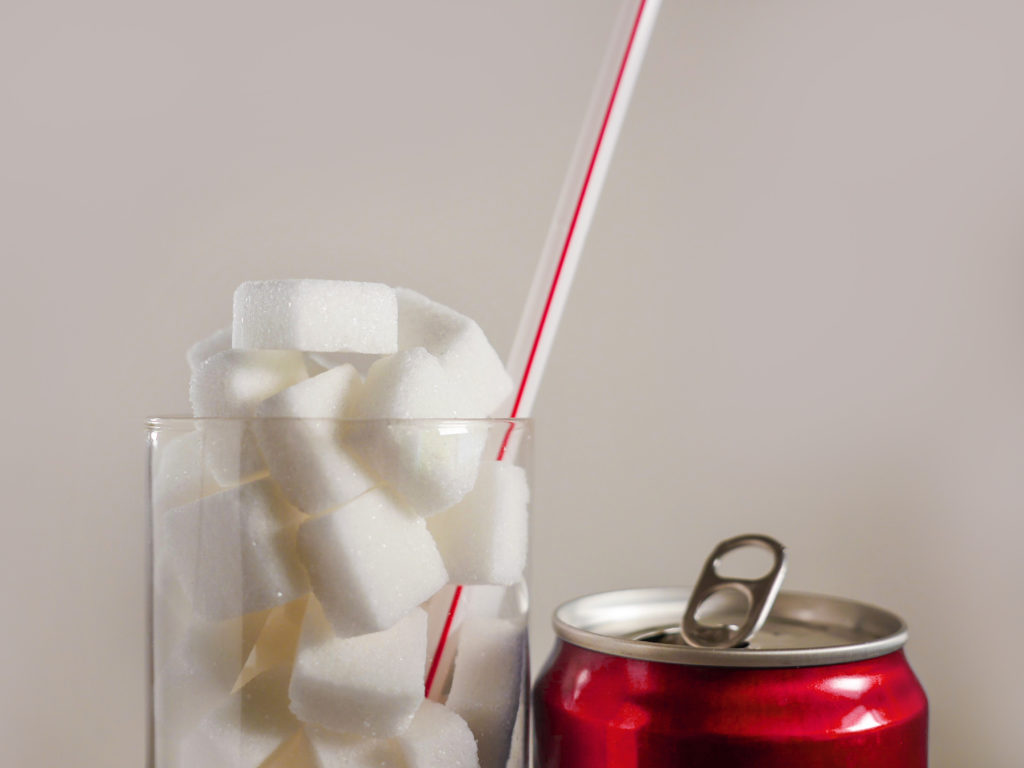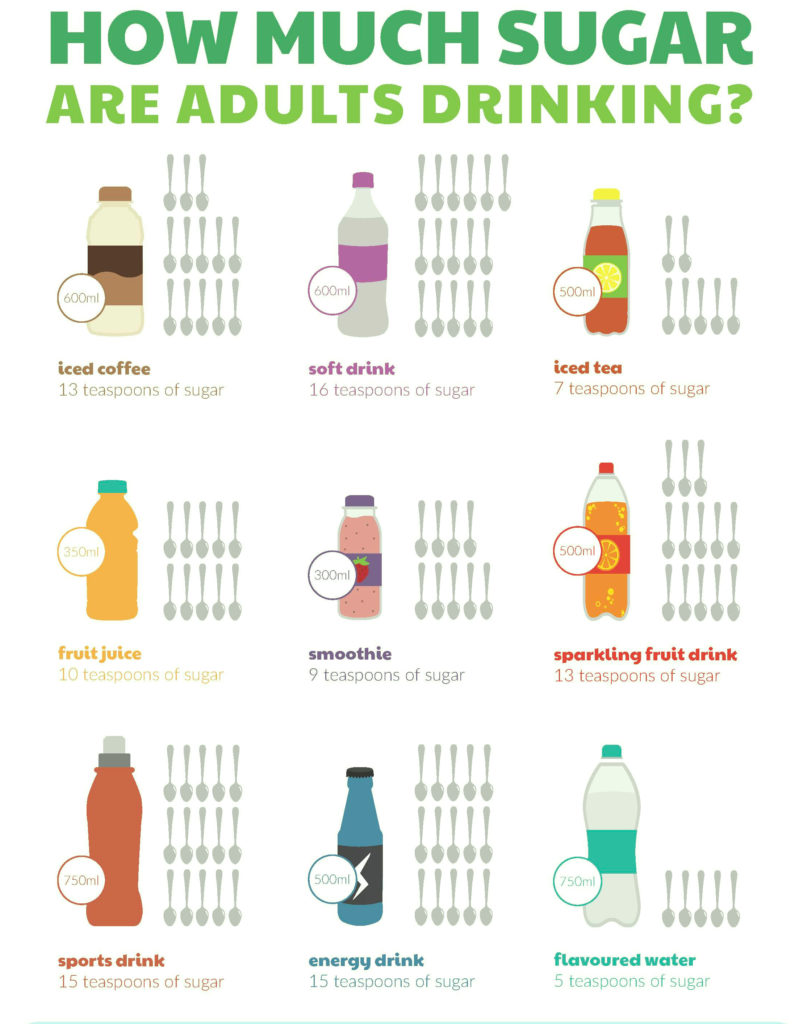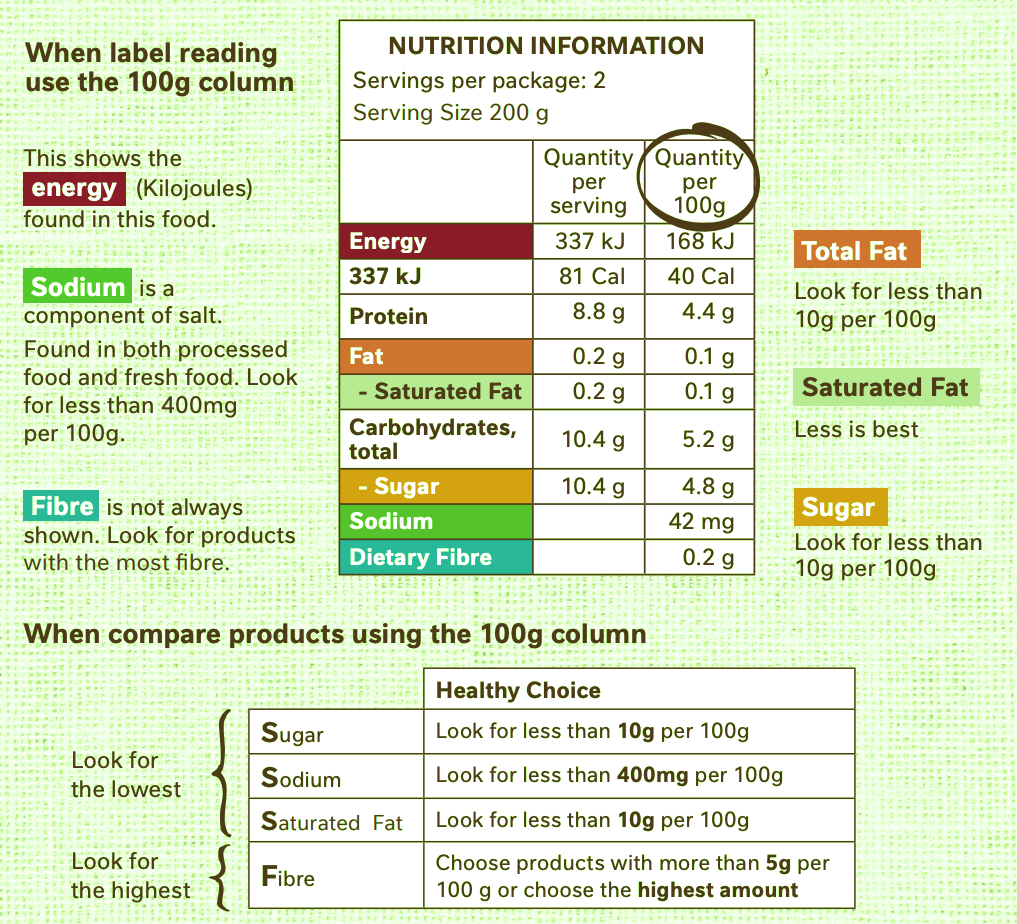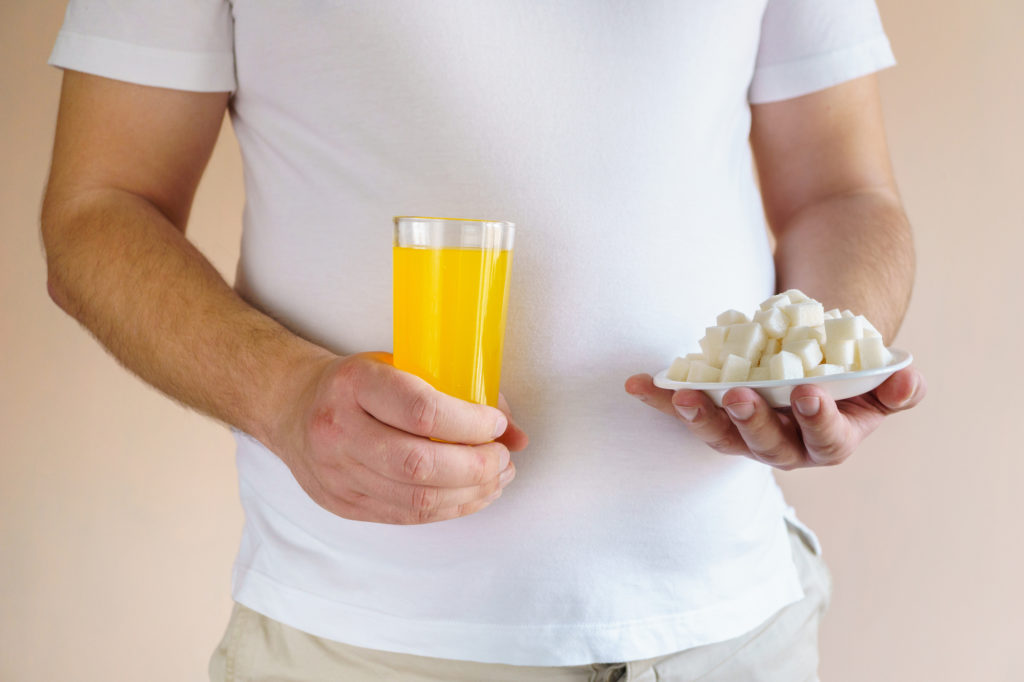
Sugar has been part of mankind’s diet from the start.
Our bodies need sugar to break it down to glucose and fructose. Glucose is the body and brain’s number one energy source, so much so that we can even get a little shot of dopamine as thanks, while fructose helps the body store fat, handy for hunter gatherers but maybe not so necessary today.
From around 10,000 years ago, thanks to the Papua New Guineans domesticating sugar cane, humans started to find ways to add sugar to our diets.
From evolving with the ideal amount of sugar naturally available with what we ate, the scales have tipped (literally) with sugar seemingly a part of everything we eat.
Meet free sugar.
Free sugar is what we call any sugar added to a food or drink. It can come from the manufacturer, packager or the cook. It’s there to help it taste, last longer or look a certain colour, but extra sugar means extra calories and not getting on top of these can lead directly to major health problems.
How much sugar is too much?
Nutrition labels tell you how much sugar a food contains.
- Food that has 15g or more per 100g is considered high in sugar.
- Anything under 5g of total sugar per 100g is low.
The World Health Organization recommends having no more than 12 teaspoons (approx. 50 grams) of sugar a day but offers that 25 grams daily – half the 12 teaspoons – is sufficient for adults to thrive. Currently New Zealanders consume on average around 37 grams of sugar daily.
A typical energy drink contains 27g of sugar per cup, compared to 26g in the same volume of soft drink and 24g for sweetened teas and flavoured milk. A 1l bottle of Gatorade so many of us are happy to chug or give to our kids, available for just $3.00 at the supermarket, contains 60 grams of free sugar and a whole lot of other stuff too.
The sugars found in fruit, vegetables and milk don’t seem to have a negative effect on our health, and they come with extra nutrients, such as fibre.
But when fruit is turned into fruit juice, the sugars come out of their cells and become free sugars. The fibre is lost and it’s easier to consume extra sugar without realising. You wouldn’t eat four oranges in a row but you might drink their juice in one glass of orange juice without feeling full.


High fructose corn syrup
In 20th century, artificial sweeteners and high-fructose corn syrup were developed to disrupt the sugar industry. Developed in 1957, corn syrup has undergone numerous upgrades to its formula and it took off in 1977 when the US raised taxes on sugar imports.
High fructose corn syrup became a cheap alternative, and even today while international products like Coca Cola and Pepsi use ordinary sugar in most countries, in the US it’s all corn syrup.
And this comes with its dangers. Fructose leads to increased fat deposits, in the liver and around organs in the form of visceral fat. High-fructose corn syrup (HFCS) has also been directly linked to increased risks of obesity, gout, diabetes, heart disease, and cancer.
Other sugar impersonators
Other additives that are commonly used today as a replacement for sugar are:
- Agave nectar
- Coconut sugar
- Deionised fruit juice
- Dextrose
- Fructose
- Fruit juice
- Glucose
- Honey
- Maple syrup
- Raw sugar
- Rice malt syrup
- Sucrose
- Sugar
- Treacle.



